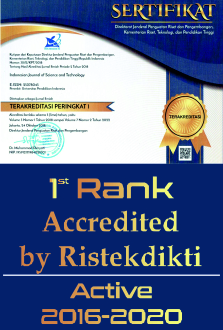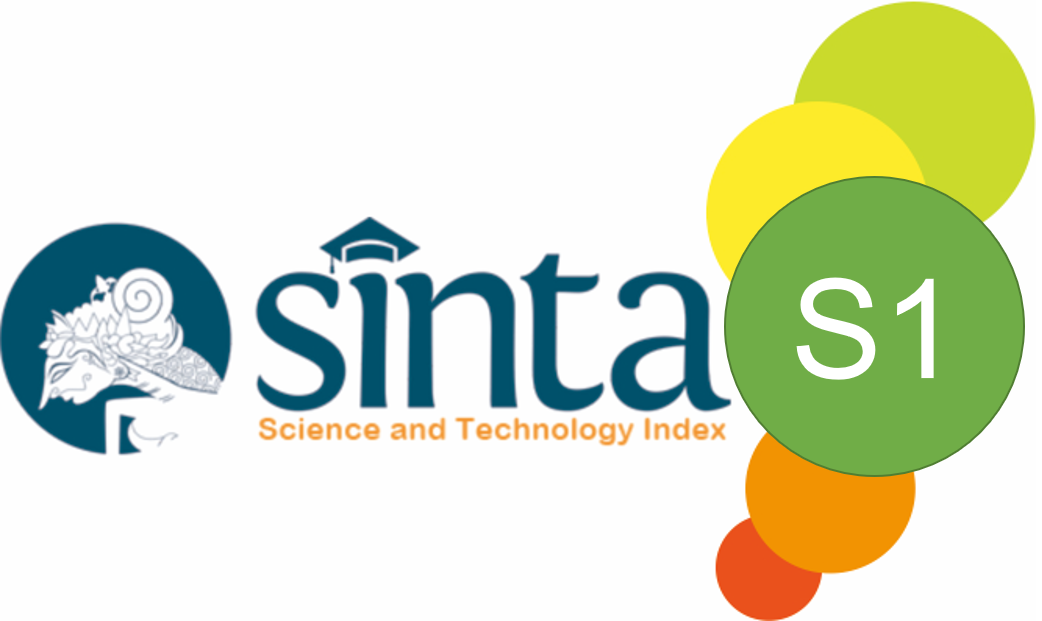Prediction of the remaining service lifetime of inflatable rubber dam with deep hole damage
Abstract
This paper exhibits a method to predict the remaining service lifetime of inflatable rubber dam by considering the appearance of deep hole damage. The material used for the rubber dam is a composite comprising three layers of woven fabric as fiber and EPDM/SBR 64 474 rubber as a matrix. The service lifetime is predicted by calculating the degradation of rubber dam’s material properties. Simple Rate Law model and Time-Temperature Superposition model are employed to calculate the rubber properties degradation. A finite element analysis is then conducted to investigate stress and strain distributions which occur in the rubber dam membrane during operational loading. Furthermore, the effect of deep hole damage in the rubber dam, which is caused by improper maintenance, is modeled as well. The results show that a 7 mm depth of the hole can accelerate rubber degradation, which causes catastrophic failure. This can happen because two layers of the woven fabric in the rubber dam have been broken. Suggestion to hold up the degradation is also discussed.
Keywords
Full Text:
PDFReferences
Alhamati, A. A. N., Mohammed, T. A., Norzaie, J., Ghazali, A. H., & Al-Jumaily, K. K. (2005). Behavior of inflatable dams under hydrostatic conditions. Suranaree Journal of Science and Technology, 12(1), 1-18.
ASTM. (2014). ASTM D885 / D885M-10A(2014)e1 Standard Test Methods for Tire Cords, Tire Cord Fabrics, and Industrial Filament Yarns Made from Manufactured Organic-Base Fibers West Conshohocken, PA: ASTM International.
ASTM. (2017). ASTM D3039 / D3039M-17 Standard Test Method for Tensile Properties of Polymer Matrix Composite Materials. West Conshohocken, PA: ASTM International.
Budiman, B. A., Adziman, F., Sambegoro, P. L., Nurprasetio, I. P., Ilhamsyah, R., & Aziz, M. (2018). The role of interfacial rigidity to crack propagation path in fiber reinforced polymer composite. Fibers and Polymers, 19(9), 1980-1988.
Budiman, B. A., Takahashi, K., Inaba, K., & Kishimoto, K. (2016). Evaluation of interfacial strength between fiber and matrix based on cohesive zone modeling. Composites Part A: Applied Science and Manufacturing, 90, 211-217.
Budiman, B. A., Triawan, F., Adziman, F., & Nurprasetio, I. P. (2017). Modeling of stress transfer behavior in fiber-matrix composite under axial and transverse loadings. Composite interfaces, 24(7), 677-690.
Gent, A. N. (2001). Engineering with rubber: how to design rubber components (2nd ed.): Carl Hanser Verlag GmbH Co KG.
Gillen, K. T., Celina, M., & Keenan, M. R. (2000). Methods for predicting more confident lifetimes of seals in air environments. Rubber chemistry and technology, 73(2), 265-283.
Gurt, R. (2015). Design and analysis of reinforced rubber membranes for inflatable dams. Paper presented at the Textiles composites and inflatable structures VII: proceedings of the VII International Conference on Textile Composites and Inflatable Structures, Barcelona, Spain. 19-21 October, 2015.
Nurprasetio, I. P., Budiman, B. A., & Triawan, F. (2017). Failure investigation of plastic shredding machine’s flange coupling based on mechanical analysis. Indonesian Journal of Science and Technology, 2(2), 124-133.
Saleh, A. F. M., & Mondal, M. S. (2001). Performance evaluation of rubber dam projects of Bangladesh in irrigation development. Irrigation and Drainage: The journal of the International Commission on Irrigation and Drainage, 50(3), 237-248.
Tam, P. W. M. (1997). Use of rubber dams for flood mitigation in Hong Kong. Journal of irrigation and drainage engineering, 123(2), 73-78.
Tam, P. W. M., & Zhang, X.-q. (1999). Management of rubber dams in Hong Kong. Canadian Journal of Civil Engineering, 26(2), 123-134.
Watson, L. T., Suherman, S., & Plaut, R. H. (1999). Two-dimensional elastica analysis of equilibrium shapes of single-anchor inflatable dams. International journal of solids and structures, 36(9), 1383-1398.
Zhang, X., Tam, P. W., & Zheng, W. (2002). Construction, operation, and maintenance of rubber dams. Canadian Journal of Civil Engineering, 29(3), 409-420.
DOI: https://doi.org/10.17509/ijost.v5i3.24936
Refbacks
- There are currently no refbacks.
Copyright (c) 2020 Indonesian Journal of Science and Technology

This work is licensed under a Creative Commons Attribution-ShareAlike 4.0 International License.
Indonesian Journal of Science and Technology is published by UPI.
View My Stats





















